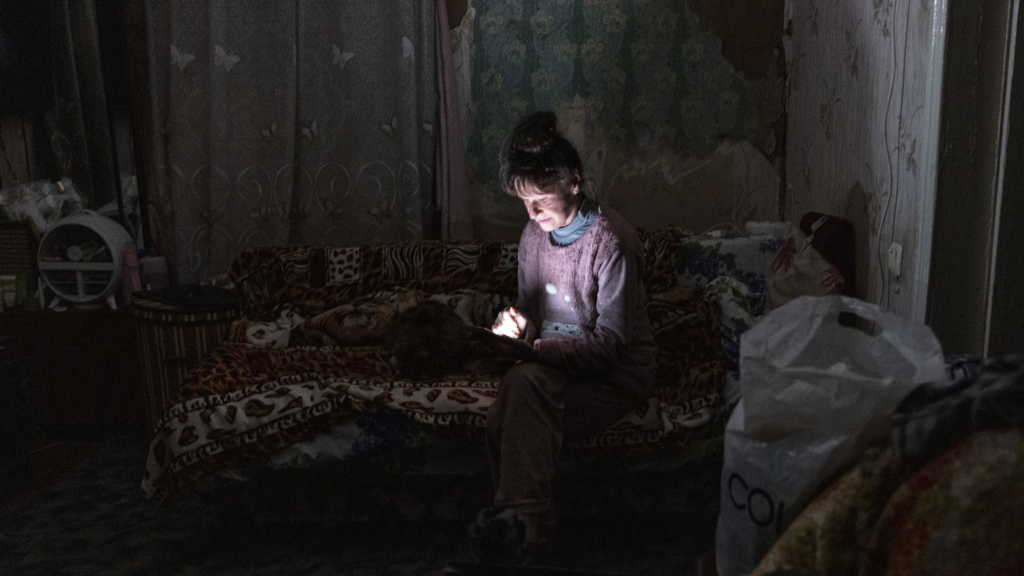Southern California Edison, the electric utility whose equipment has been the focus of investigations into the deadly Eaton fire in Los Angeles County in January, said on Friday that it planned to bury more than 150 miles of power lines in fire-prone areas near Altadena and Malibu, Calif.
The project would require approval from state regulators, would take years to complete and would cover only a fraction of the utility’s vast service area. Still, underground lines have been among the top requests from fire-ravaged communities as Los Angeles looks to rebuild.
In a letter to Gov. Gavin Newsom of California, company officials estimated the cost of the project at more than $650 million. That amounts to about two-thirds of the nearly $1 billion that the utility estimated it would cost to rebuild the infrastructure that was damaged or destroyed in the wildfires that began on Jan. 7. Much of that cost is expected to be passed on to customers.
But, officials said, the project will address a significant risk in two of Southern California’s most fire-prone areas. Officials said at least 90 miles of power lines would be buried in Malibu, and more than 60 miles in and around high-risk fire zones in Altadena, where the Eaton fire burned.
“SCE will build back a resilient, reliable grid for our customers,” Steven Powell, the president and chief executive of the utility, said in a statement.
Officials said on Friday that any distribution circuits not buried underground would be “hardened with covered conductor.” Company officials said in the letter that the investigation into the cause of the fire was still in progress, but they “acknowledged the possibility of SCE’s equipment being involved in the cause of the Eaton fire.”
After the fires, Mr. Newsom suspended key environmental laws that often delay construction so that utility companies could quickly rebuild their damaged and destroyed infrastructure. He also urged utility companies to bury power equipment where possible.
In the aftermath of the fires, electrical equipment has been a major source of concern in the communities where the flames left the greatest destruction. Kathryn Barger, the Los Angeles County supervisor who represents Altadena, applauded the utility’s announcement, saying it “demonstrates a strong alignment with the safety needs” of the community, which backs up to the San Gabriel Mountains. And in public meetings, homeowners have repeatedly called on the authorities to place Southern California’s power lines underground.
On a state website created by the Newsom administration to obtain public feedback on rebuilding, for instance, hundreds of commenters from Altadena and Pacific Palisades, a coastal Los Angeles neighborhood that also experienced sweeping losses, begged for spark-prone electrical equipment to be relocated away from the region’s whipping winds and chaparral-covered canyons.
“Require SCE to bury ALL power lines,” one commenter wrote in March, a demand that was repeated scores of times. “Underground, underground power lines!” another urged.
After Pacific Gas & Electric’s equipment was determined to have been responsible for causing a series of wildfires in Northern California between 2017 and 2019, the utility sought to bury thousands of miles of its power lines.
That has proved to be a challenge. Moving power lines underground is a highly expensive undertaking for utilities and customers, who often must share parts of the cost of installation and who typically end up with higher rates. Consumer advocates have urged utilities to explore other options, like covered wires.
Mark Toney, the executive director of the Utility Reform Network, which represents consumers before the California Public Utilities Commission, the utility regulator, said burying power lines underground could cost $3 million to $4 million a mile.
“Everybody knows that we’ve got to rebuild the grid when it burned down the way that it did,” Mr. Toney said. “We think it’s important to look for ways to get things done the most cost-effective way possible.”
But cost-effectiveness varies from community to community, and initiatives to bury power lines in California often raise questions of equity.
When utilities install underground lines, Edison officials noted, they typically charge customers thousands of dollars per home to “trench” individual lines from the property line to a customer’s electrical panel. Not all customers can afford such a capital investment.
“Finding alternative ways to fund this significant out-of-pocket expense, including through government funds or philanthropic sources, could meaningfully assist customers in their rebuilding efforts,” Edison officials suggested in their letter to Mr. Newsom.
Disparities in wealth have similarly come up in Los Angeles’s current debate over rebuilding. In an interview earlier this month, Monica Rodriguez, a Los Angeles City Council member who represents a working-class area of the San Fernando Valley, noted that the Jan. 7 fires had swept through parts of her district and that Edison also serves her constituents.
“Their power lines run through all the foothill areas I represent,” she said. “And we’d love to see them undergrounded. So yeah. We’re a frontline community also. Hook us up, too.”
Any move by Edison must be approved by the state utilities commission to ensure that the utility can recoup costs from ratepayers. Regulators have to balance the rising cost of electricity with the need for improvements to support safety and reliability.

